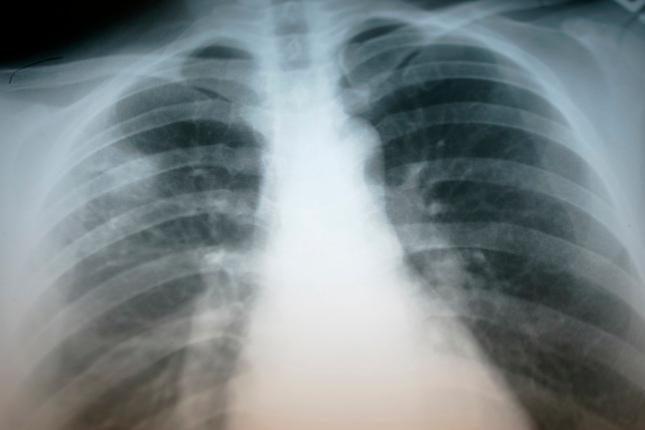
The Marin County public health office is tracking an uptick in active tuberculosis cases in Marin.
The county had 13 reported cases in 2024, a 44% increase from the previous year. So far this year, 14 active cases have been confirmed, said Dr. Lisa Santora, the county’s public health officer.
No deaths were reported.
Related Articles
Lopez: Why is the Trump administration derailing Alzheimer’s research?
Critic of drug industry and COVID-19 measures to lead FDA vaccine program
How Utah dentists are preparing patients for the first statewide fluoride ban
May Day protest in Los Gatos draws hundreds to town plaza
Newly released Latino Health Assessment highlights devastating health disparities in Santa Clara County
“It’s one of those diseases that people forget about,” Santora said. “They think it’s an old disease that doesn’t exist, and when we saw the data we thought it was a good time to issue an advisory.”
Tuberculosis is an airborne illness that typically affects the lungs, but it can affect other parts of the body such as the spine or kidneys, according to the federal Centers for Disease Control and Prevention.
More than 200 California residents die from tuberculosis each year, the state Department of Public Health reported.
Patients either have active infections or latent ones that don’t show symptoms. Symptoms from severe cases include a cough that lasts more than three weeks, weight loss, fever, night sweats and coughed-up blood.
Dr. Gregg Tolliver, an infectious disease physician at MarinHealth, said tuberculosis is difficult to transmit and diagnose.
“If someone comes in and they’re coughing up blood like they got a cavitary lesion, that’s when you’re going to think TB,” he said. “A lot of times, it doesn’t present like that. It presents like a cold or regular pneumonia and so therefore it might not get diagnosed correctly the first time.”
“There are a whole lot of people out there with infection, but they have no symptoms and are not contagious,” he said.
Santora said the Marin public health staff is working to get tuberculosis patients into treatment and to make sure they become non-infectious.
“We can treat latent tuberculosis, which will significantly reduce your risk of having active tuberculosis in your lifetime,” she said.
Santora said the county’s cases are usually a reactivation of old infections or cases where a latent infection converted to an active one. She said a typical tuberculosis patient in Marin is a nursing home resident who has a declining immune system and might have been exposed to the disease when young.
“That’s not the current pattern we’re seeing,” Santora said. “We’re seeing an increase in younger people.”
Santora emphasized screenings for the disease.
“For us to screen and to treat latent tuberculosis are the best tools that we have for preventing an active disease,” she said.
Dr. Elizabeth Shaw, chief medical officer at Marin Community Clinics, said her staff is aware of the increase in tuberculosis cases in Marin and have routine screening protocols in place.
“We don’t feel like our positive screening rates have changed dramatically,” she said. “I think the important message is that some of the active TB cases in the county are in patients who do not necessarily fall into the groups we consider highest risk, so we may need to expand that definition.”
Shaw added that Marin Community Clinics has drop-in tuberculosis screening clinics for residents who cannot access timely screenings.
In California, reported tuberculosis cases slightly decreased from 2,110 cases in 2023 to 2,100 last year, according to the state Department of Public Health. The state’s annual number of cases has ranged from about 1,700 to 2,100 since 2015.
Nationwide, an estimated 13 million people have latent tuberculosis, according to the Centers for Disease Control and Prevention.
Assembly Bill 2132, which was signed into law last year, requires primary care providers in California to offer tuberculosis screenings to adults if risk factors are identified. Risk factors include close contact with an infected person, homelessness or spending more than one month in a country with an elevated tuberculosis rate.
The screening requirement is designed to ensure early detection and treatment.
“A lot of doctors probably weren’t even aware this law passed,” Santora said. “Our role is using this opportunity when we have local information that helps connect the new law with providers by recognizing that it’s important even in Marin County that you offer this screening.”